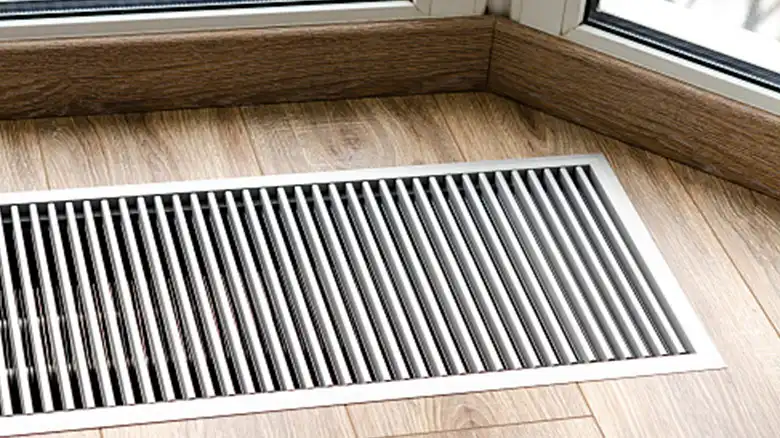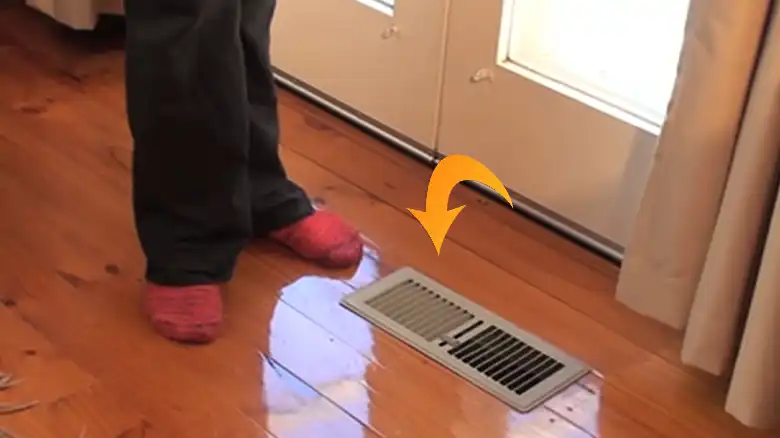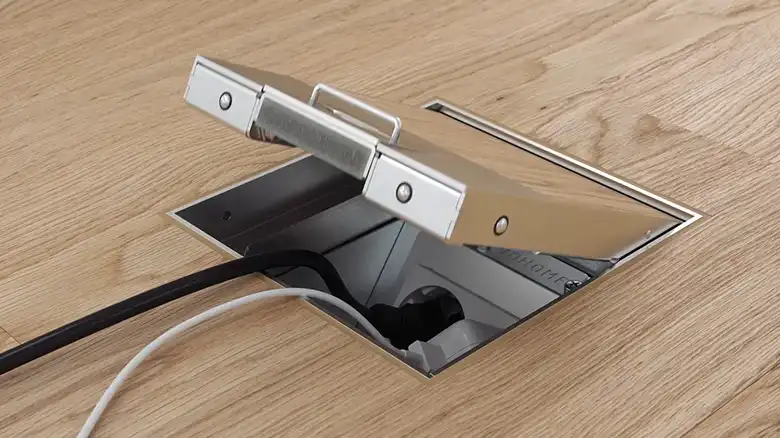Have you ever stood on a cold tile floor in the winter and wished you had carpet instead? It’s no secret that carpet feels warmer than tile, but why? Is it simply because it’s softer and more comfortable underfoot? Or is there something more to it?
The short answer is – yes, carpet is warmer than tile. Carpet is a good insulator, meaning that it traps heat and prevents it from escaping. Tile, on the other hand, is a good conductor of heat, meaning that it quickly transfers heat away from your body.

Can Carpet be Warmer than Tiles?
In most cases, yes, carpet is warmer than tile floors. To understand why carpet is warmer than tile, it’s important to understand the concept of thermal conductivity. Thermal conductivity is a measure of how quickly a material transfers heat. Materials with high thermal conductivity, such as tiles, transfer heat quickly, while materials with low thermal conductivity, such as carpets, transfer heat slowly.
Let’s learn in more detail –
- Carpet provides insulation: The Carpet has a thick pile made up of woven fibers. This creates air pockets that trap heat and act as insulation for the floor below. The padding or cushioning under the carpet adds to this insulation effect. Tile floors do not have this layer of insulation.
- Carpet retains heat: The fibers in the carpet retain heat effectively. As your feet contact the carpet, the fibers warm up. Tile does not absorb or retain heat as well due to its hard, non-porous surface. The heat gets transferred to the air above the tiles more readily.
- Conduction vs convection: Heat transfer happens in two ways – conduction and convection. Conductive heat transfer happens through direct contact. Convective heat transfer happens via the movement of air/liquids. Tile allows more convective heat loss as air circulates freely over its surface. The carpet minimizes conductive heat loss through the cushioning effect.
- Texture and surface area: Carpets have more texture and surface area for heat transfer in comparison to smooth tiles. More contact with your feet allows better conductive heat transfer.
- Color and material: Dark-colored carpets absorb heat better. Materials like wool, nylon, and polyester have natural insulating properties superior to ceramic or stone tiles.
So, in essence, the porous fibers, padding, and air gaps in carpets act as thermal insulation. This gives them an edge over hard surfaces like tiles when it comes to retaining warmth.
Is There Any Way to Make the Tiles Warmer than the Carpet?
There are a few tricks to increase the warmth of tile floors:
- Use floor heating systems under the tiles. Technologies like radiant floor heating transfer heat directly to the tile surface. This makes tiles warmer than unheated carpets.
- Opt for darker, heat-absorbing tiles over light-colored ones. Dark slate or granite tiles will soak up more warmth.
- Add area rugs or carpets on top of tiles in high-traffic areas. This provides concentrated warmth where you need it.
- Choose tiles made of materials like porcelain or ceramic that retain heat better than stone or glass.
- Install insulation beneath the tile flooring to contain heat loss through the subfloor.
- Ensure the room is properly insulated and draft-free. Caulk all cracks to prevent heat loss.
- Introduce floor cushions and rugs to mimic the softness of wall-to-wall carpets.
With the right floor heating systems, tile materials, and insulation, you can make tile floors warmer than carpets. Tiles also offer benefits like durability, easy cleaning, and moisture resistance over carpets. The choice between carpet vs tile depends on your priorities – warmth, budget, and maintenance needs. With either option, proper insulation for the entire room is key to retaining heat.
People Also Ask – PAA
Is carpet more expensive to install than tile?
Carpeting is often more affordable than tile installation. Tile requires extensive subfloor preparation, professional installation of the tiles, and grouting. Carpet can be installed as wall-to-wall flooring or as area rugs over existing floors. The material and labor costs are lower than tile. However, quality carpeting is pricier than basic ceramic tiles.
Is carpet or tile better for allergies?
Tile is better for allergy sufferers. Carpet fibers trap dust, dirt, pollen, and dander which can aggravate allergies. Tiles do not harbor allergens and are easy to clean. Use vacuum cleaners with HEPA filters and clean carpets regularly to minimize allergens.
Does carpet get warmer than hardwood floors?
Yes, carpets are warmer than hardwood. The materials, construction, and insulation effects of carpeting retain more warmth than solid hardwood. Area rugs over hardwood provide concentrated warmth. But wall-to-wall carpeting is warmer than large expanses of hardwood flooring.
Do rugs on tile floors make it warmer?
Rugs add warmth over tile floors by providing cushioning and insulation. The fibers trap heat from the room and your feet. Using a dense, wool rug over tiles can make it feel up to 10-15°F warmer. Rugs concentrate warmth in high-traffic areas.
Does carpet make a room feel warmer?
Carpet raises the overall temperature of a room. The fibers insulate the floor and retain heat effectively. Rooms feel warmer with plush, thick wall-to-wall carpeting compared to bare floors. Use large area rugs in spaces without carpeting for concentrated warmth.
End Notes
The verdict is that carpet holds an advantage over tile when it comes to warmth and insulation. The materials, construction, and heat retention abilities of carpet surpass those of tile. But the choice depends on individual needs – carpets require more maintenance while tiles are better for allergies. With some clever heating and insulation techniques, tiles can be made warmer as well. Ultimately, a combination of carpets and properly heated tiles can help create the warmest floors.
I hope this article helped explain the science behind carpet warmth and how tiles can be warmed up too. Please leave a comment if you have any remaining questions! Thanks for reading.





